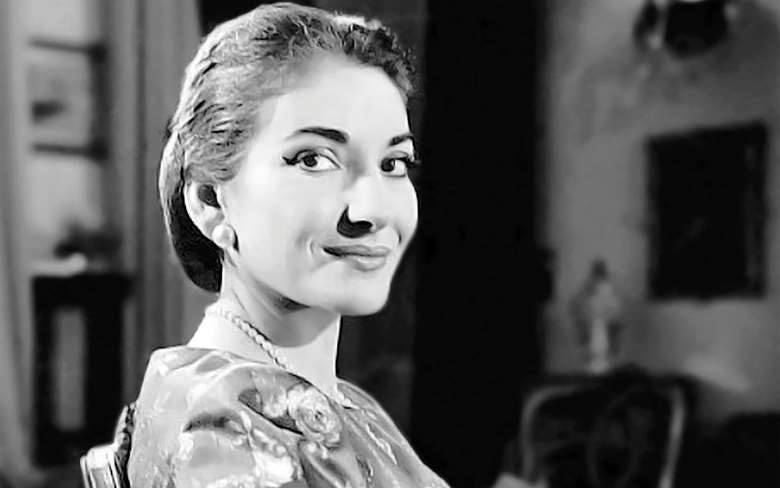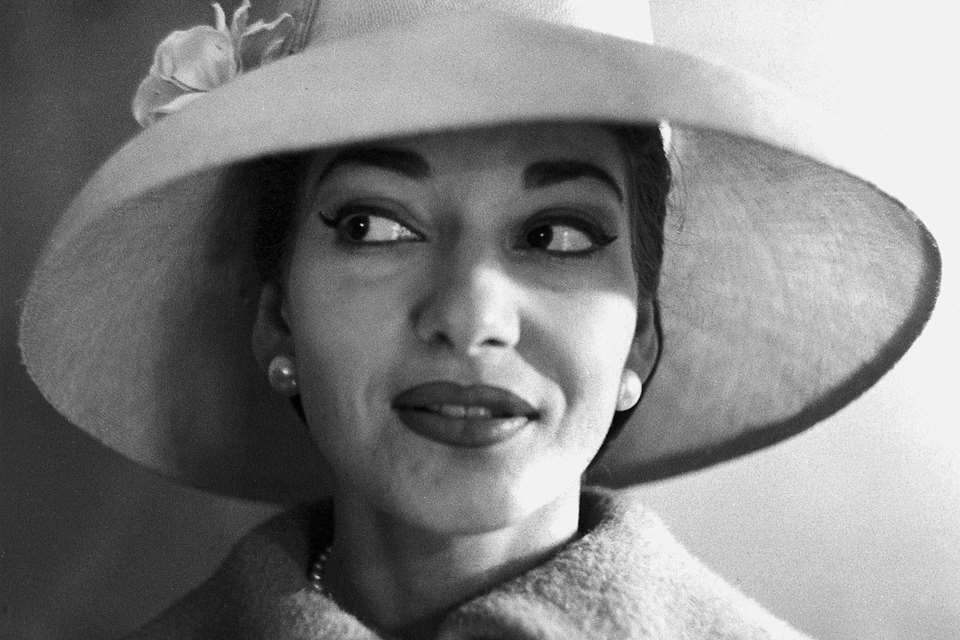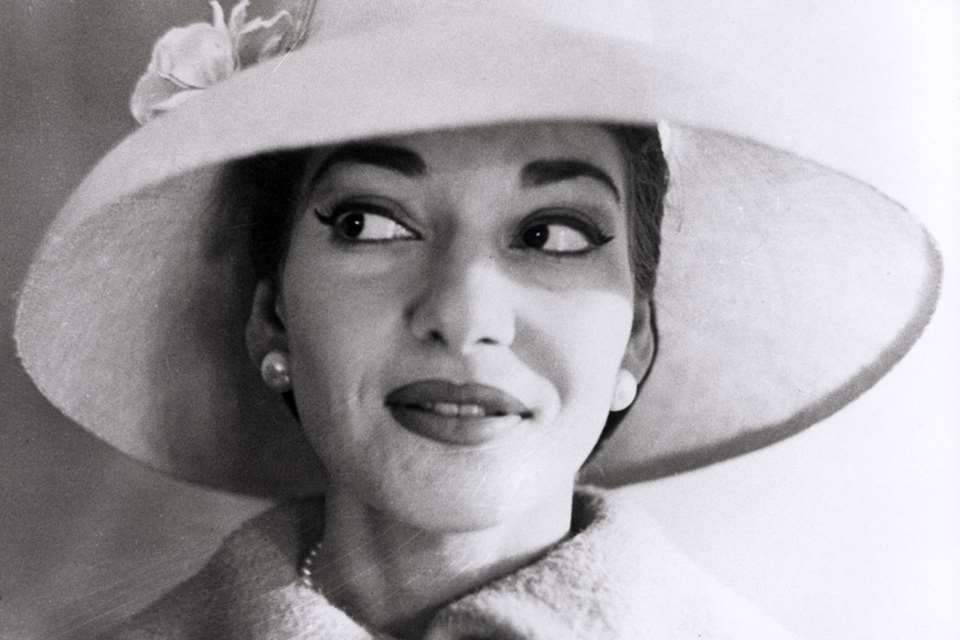Maria Callas – the operatic icon who transcends time
Hugo Shirley
Friday, January 10, 2025
Maria Callas embodies the drama, the passion and, ultimately, the tragedy that makes opera what it is

Register now to continue reading
Thanks for exploring the Gramophone website. Sign up for a free account today to enjoy the following benefits:
- Free access to 3 subscriber-only articles per month
- Unlimited access to our news, podcasts and awards pages
- Free weekly email newsletter












